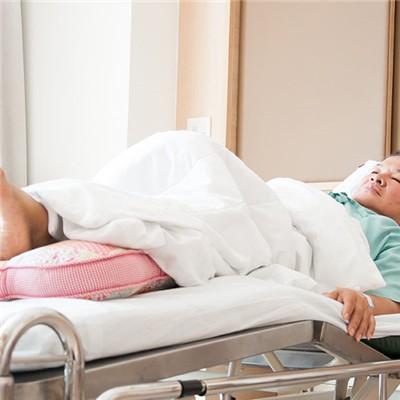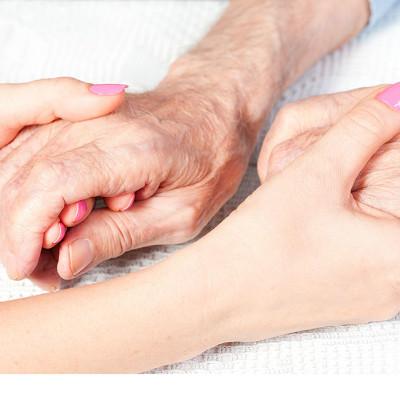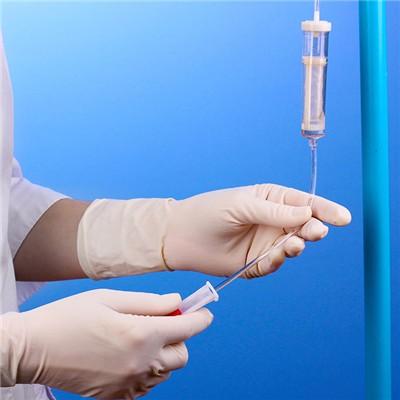Advanced symptoms of Ewing's sarcoma?
summary
Ewing's sarcoma is a kind of bone tumor with high degree of malignancy. It mostly occurs in children and adolescents. Male patients are more than female patients. Although there are not many Ewing's sarcoma in our country, Ewing's sarcoma brings great pain to patients. Advanced symptoms of Ewing's sarcoma? Now let me tell you something.
Advanced symptoms of Ewing's sarcoma?
Pain is the most common clinical symptom. About two-thirds of patients may have intermittent pain. The degree of pain was different, and it was not serious at the beginning, but it quickly became persistent pain; According to the location, local pain will spread with the spread of the tumor. If it occurs in the pelvis, the pain can radiate along the lower limbs and affect the activity of the hip joint; If it occurs in the long bone near the joint, there will be lameness, joint stiffness, and joint effusion.

Mass: with the aggravation of pain, local mass appears, the mass grows rapidly, and the surface may show red, swollen, hot and painful inflammatory manifestations, with significant tenderness, and the surface may have venous distention. Sometimes the mass grows extremely in the soft tissue, and it can grow head by head within 2-3 months. For tumors occurring in the iliac bone, the mass can extend into the pelvic cavity and can be touched in the lower abdomen or anus.

Systemic symptoms: patients are often accompanied by systemic symptoms, such as body temperature up to 38 ~ 40 ℃, body discomfort, fatigue, loss of appetite and anemia. In addition, the location of the tumor is different, but also can cause other symptoms, such as lesions located in the lower femur, can affect the function of the knee joint, and cause repeated joint effusion; Lesions in the ribs can cause pleural effusion.

matters needing attention
Understanding the symptoms of Ewing's sarcoma is good for everyone. If you or the people around you have the above symptoms, you should go to the hospital in time to avoid delaying the disease and bringing greater harm to the patient's body.











